FREDERICK CARL FRIESEKE (1874-1939)
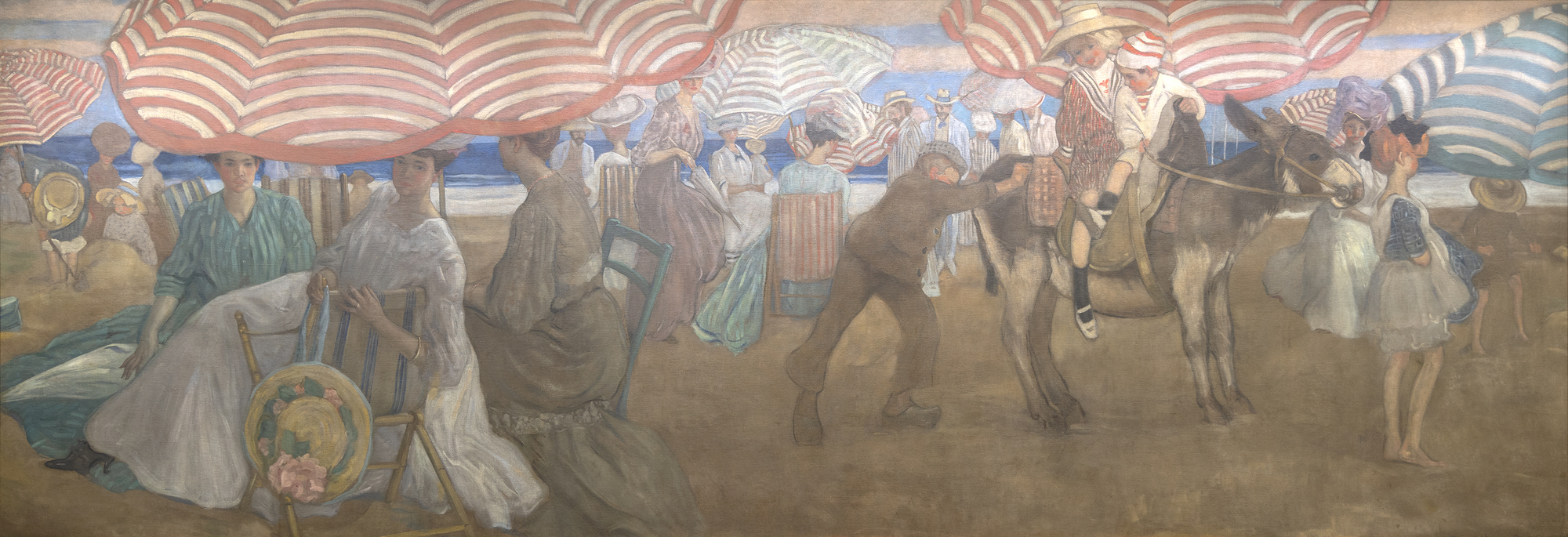
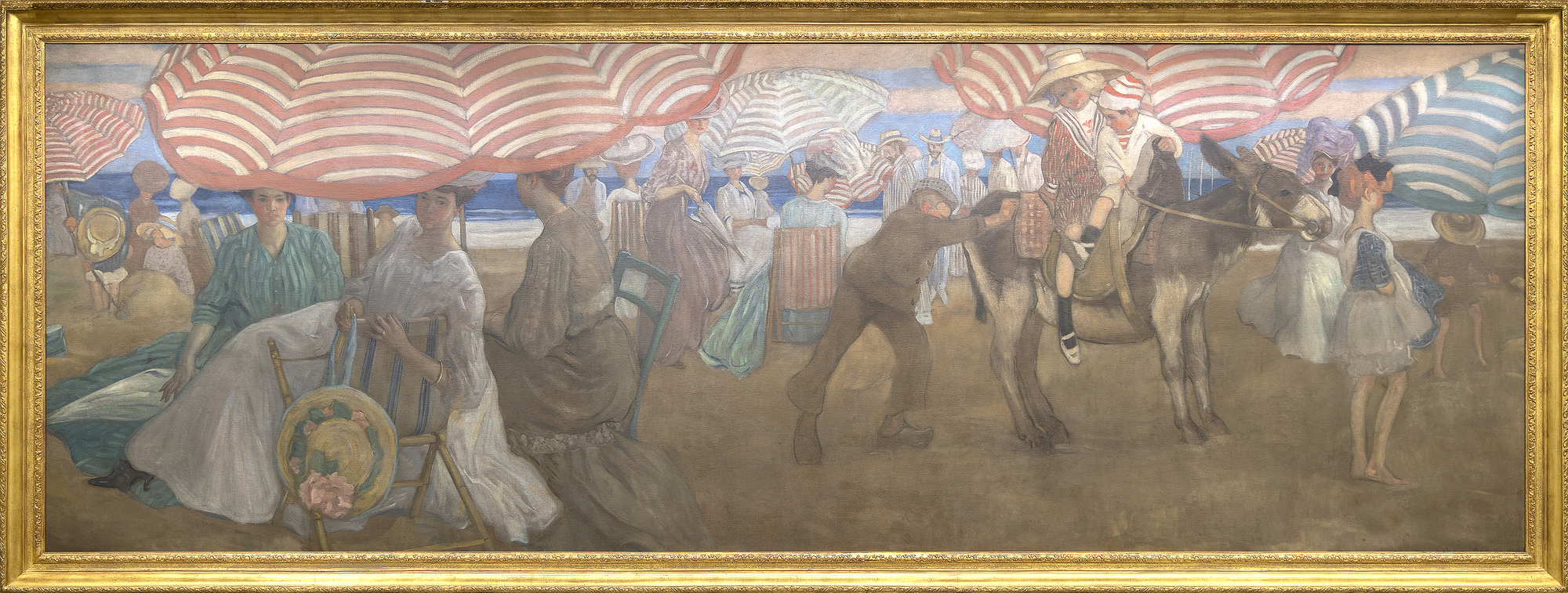
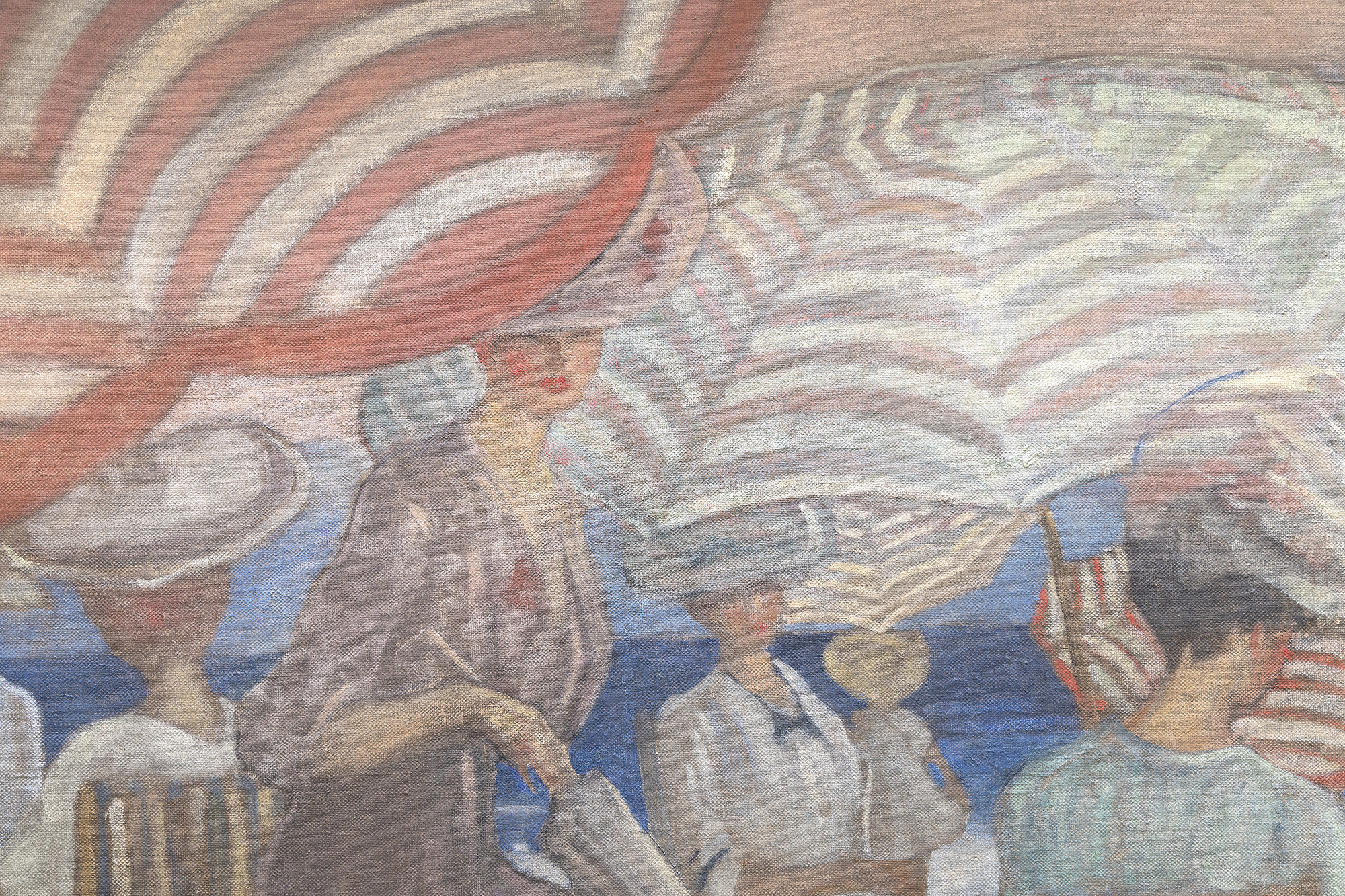
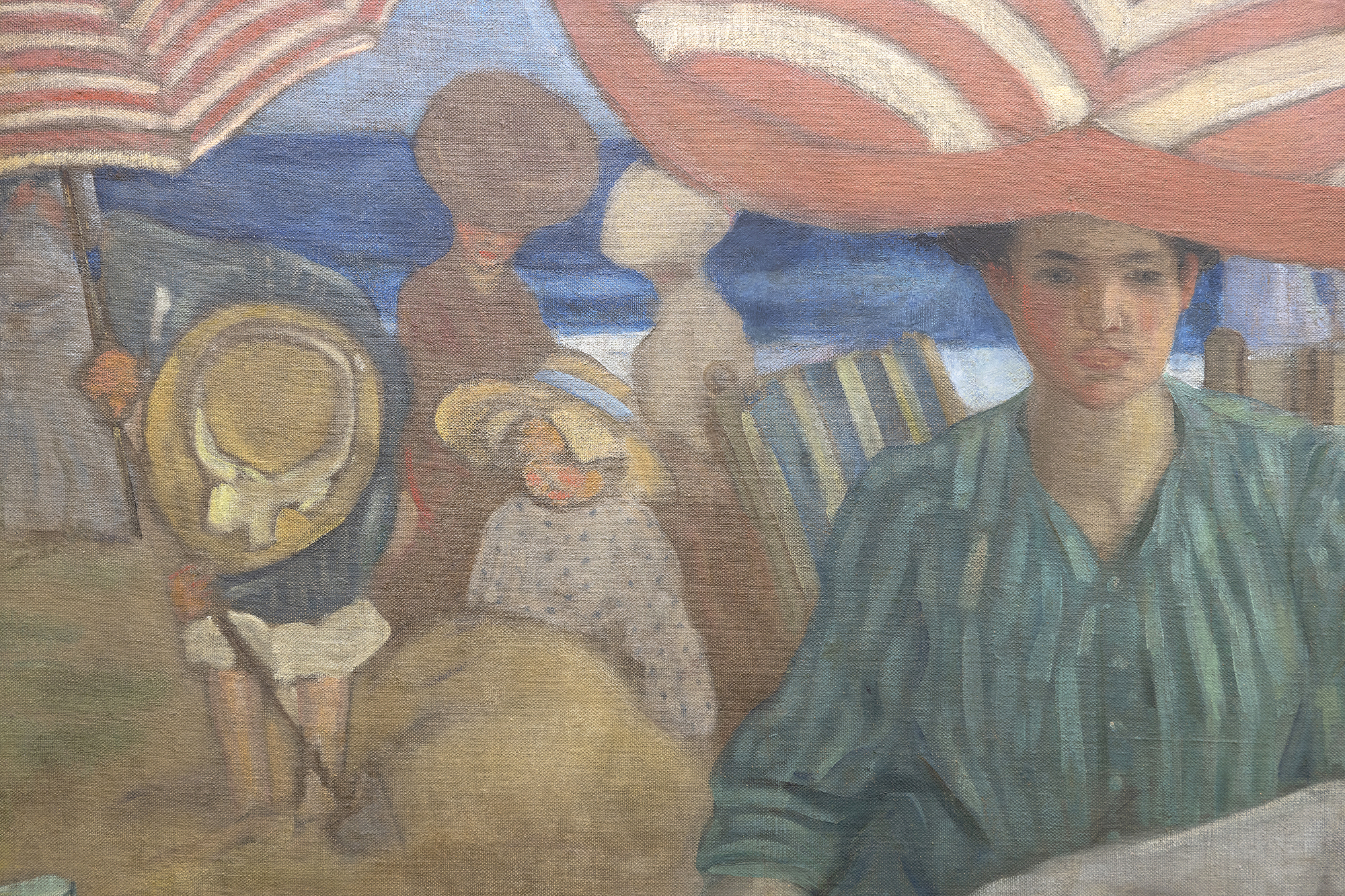
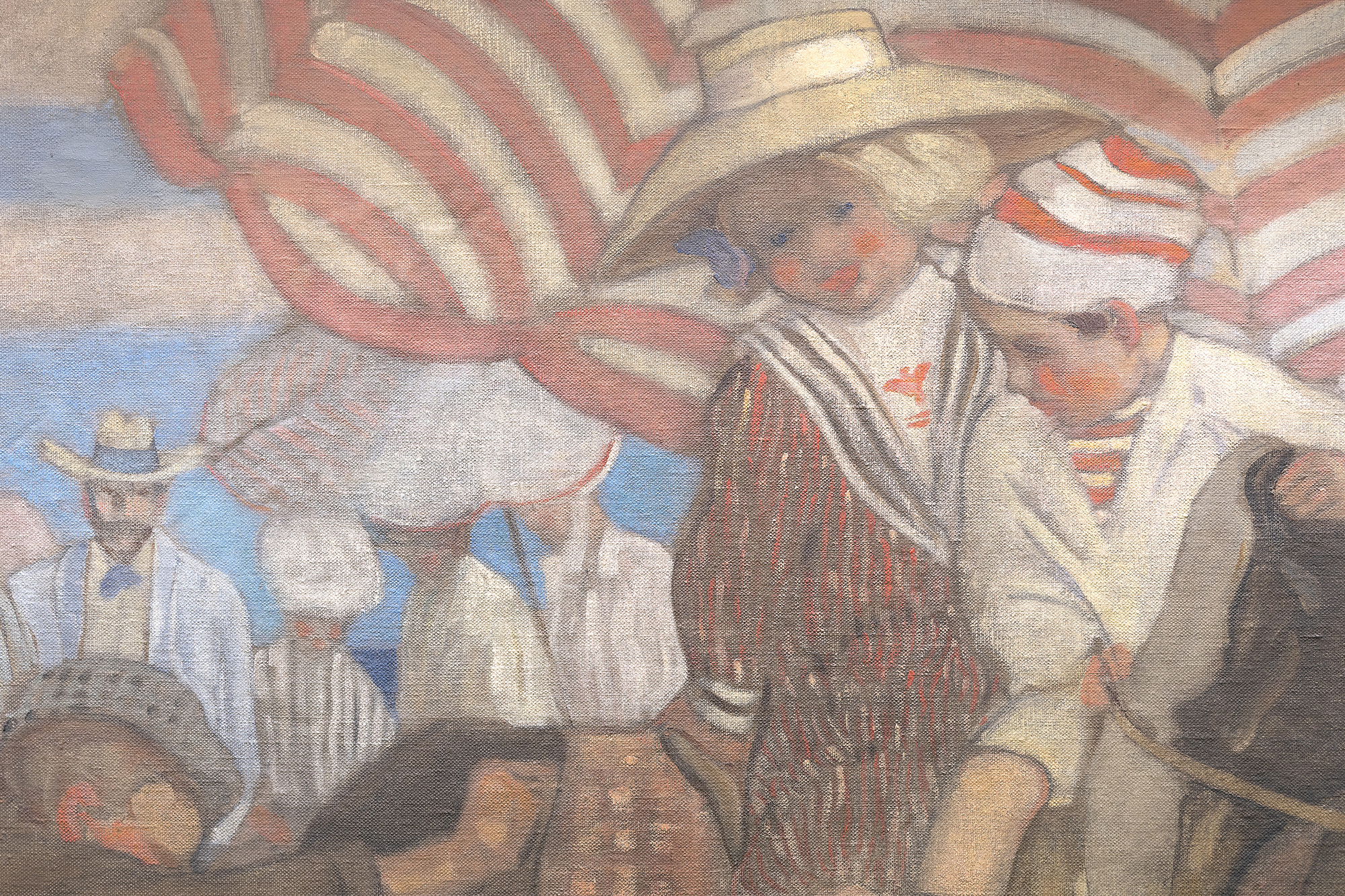
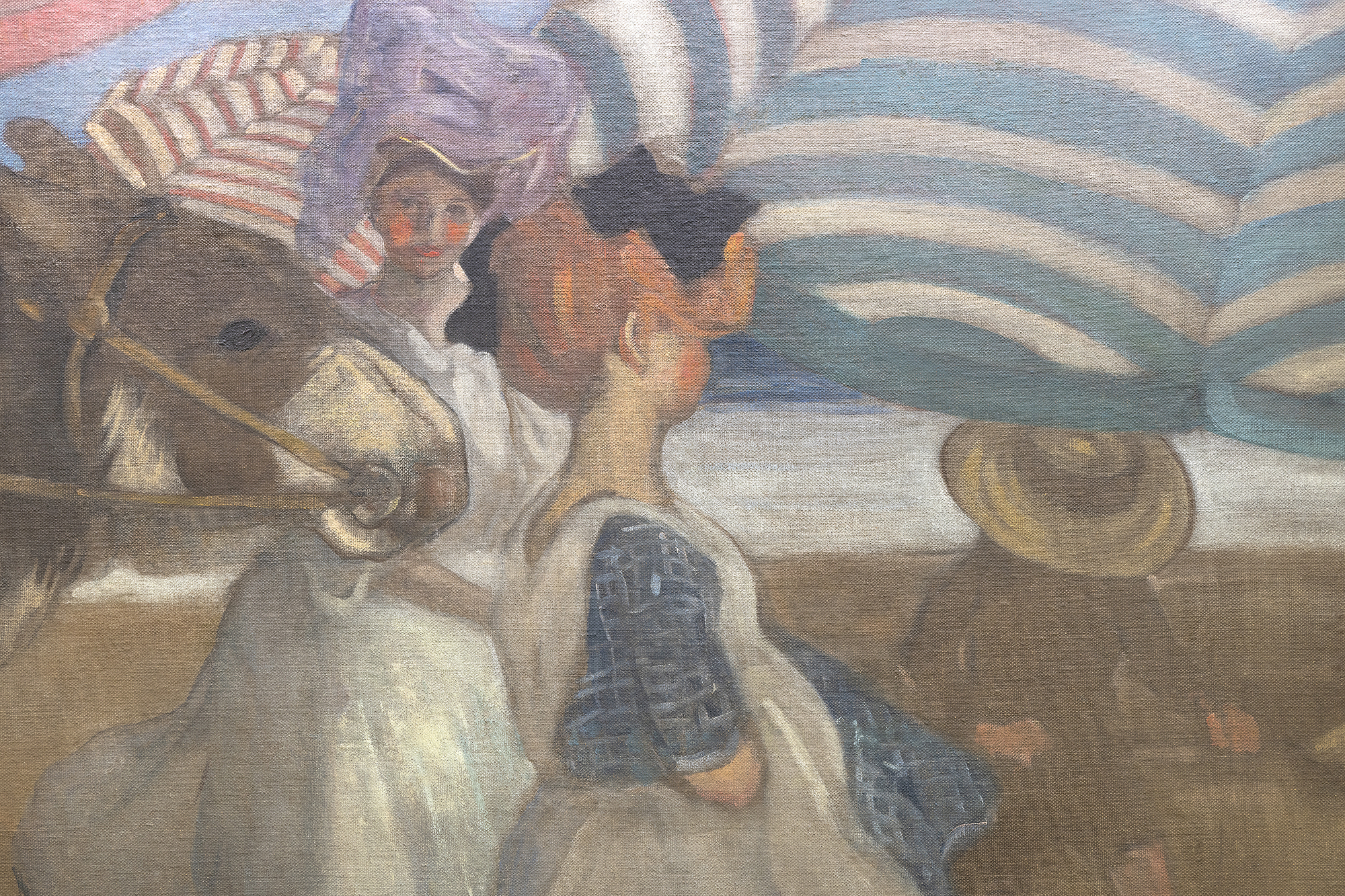
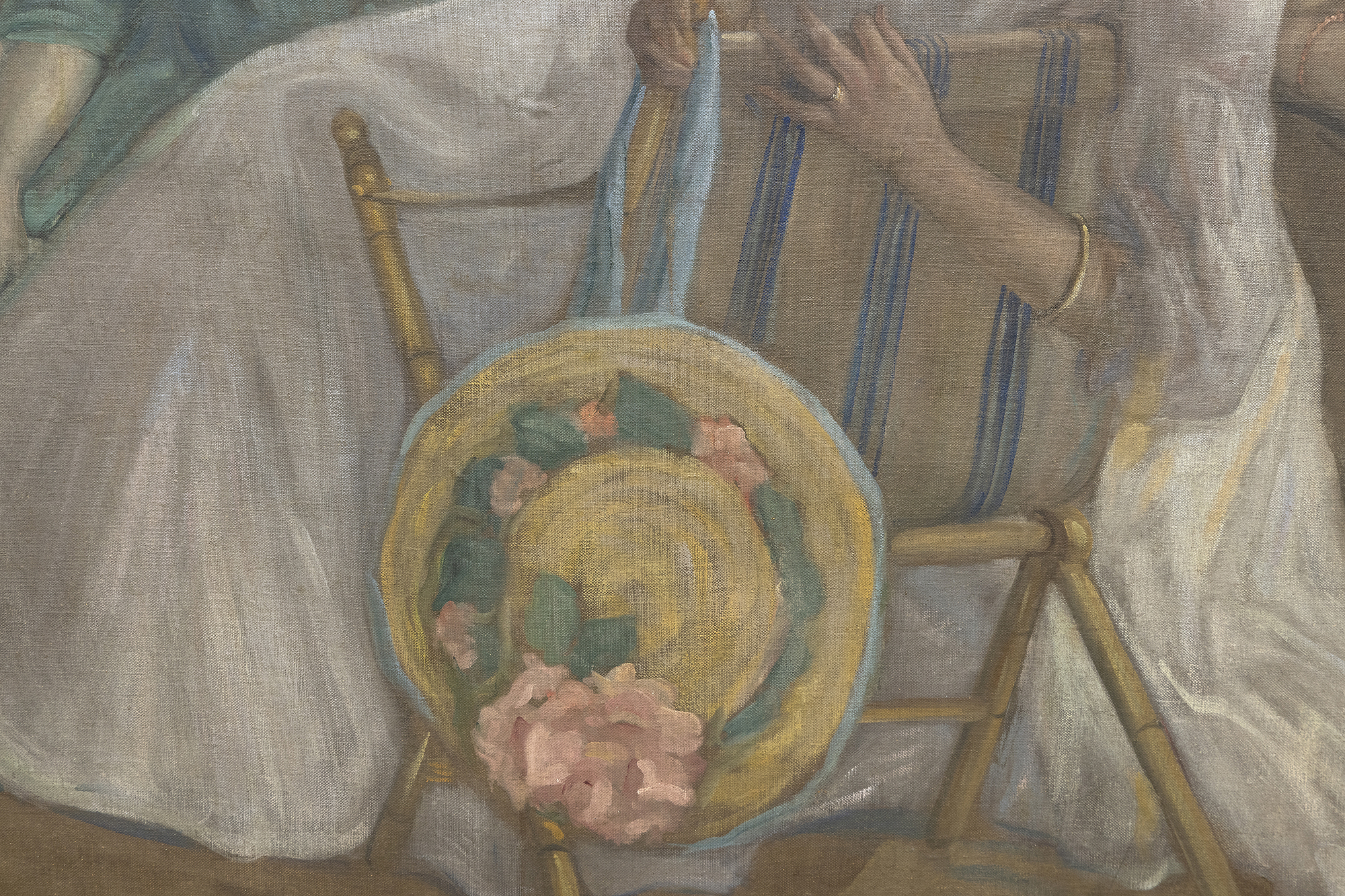
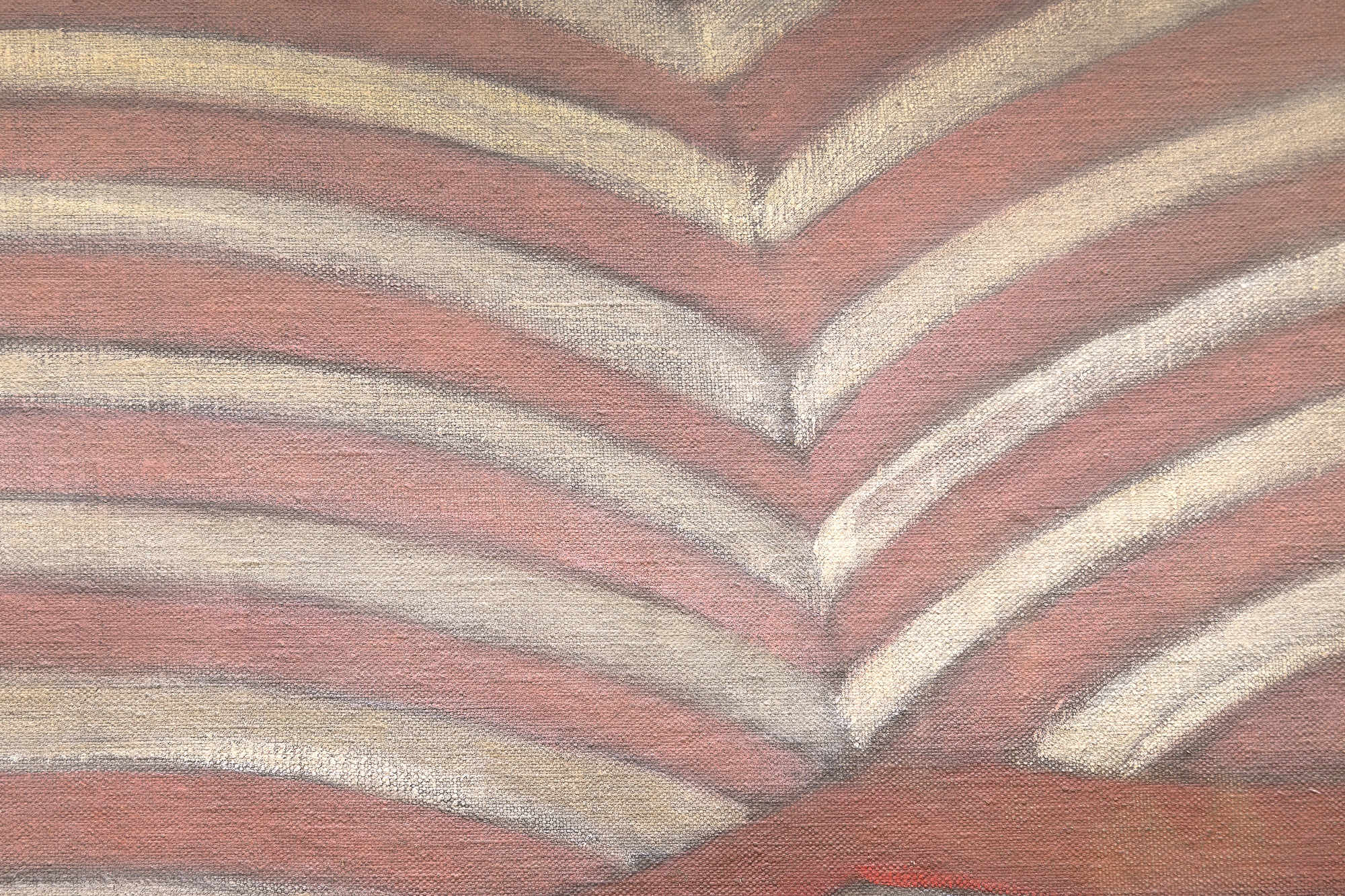
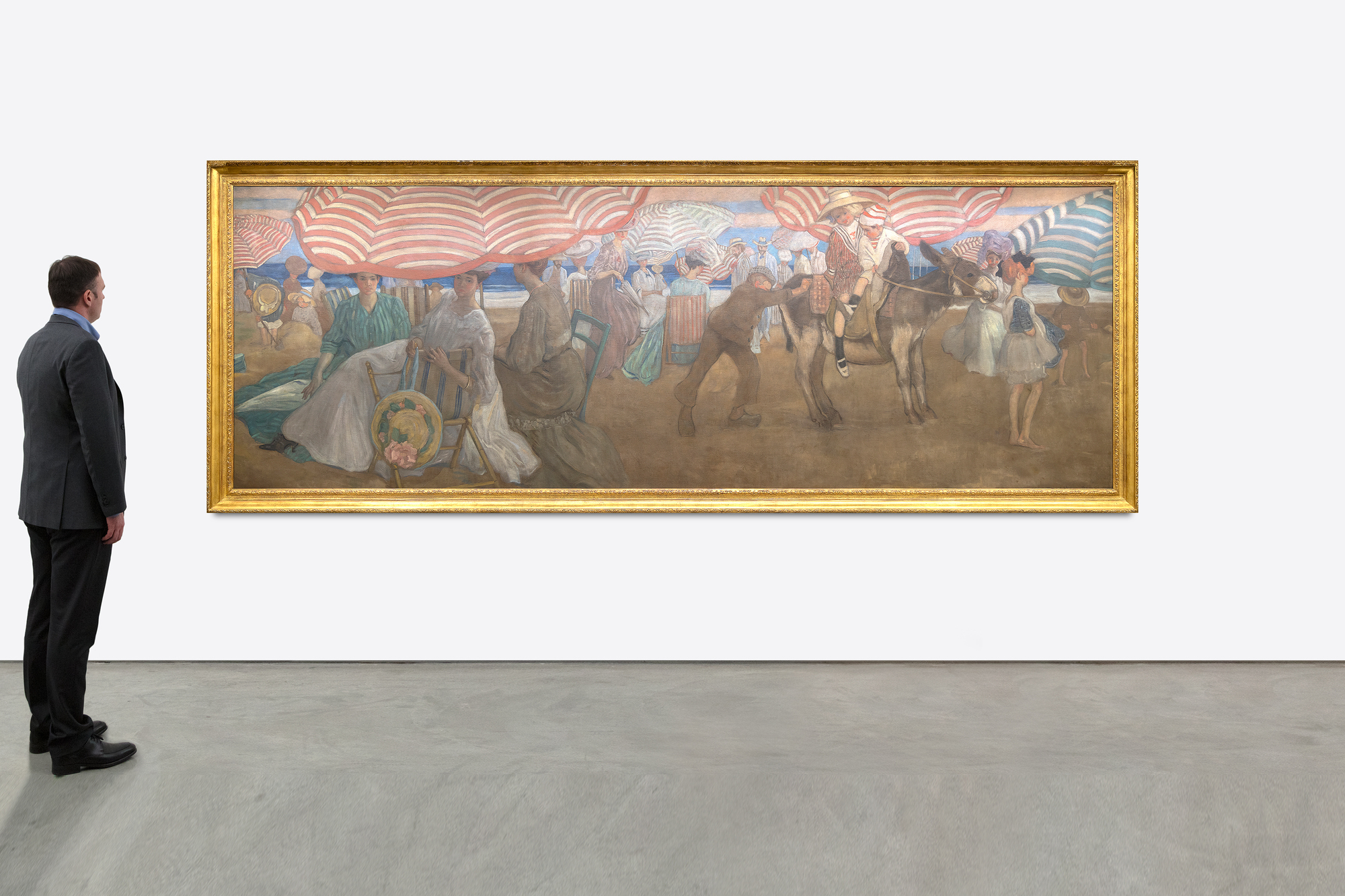

Provenance
Commandée par Rodman Wanamaker pour l'hôtel Shelburne à Atlantic City David David Gallery, PhiladelphieCollection privée, Californie
Heather James Fine Art
Exposition
Telfair Museum Of Art, Savannah, Géorgie, Frederick Carl Frieseke ; The Evolution Of An American Impressionist, 2000/2001 ; voyage à Dixon Gallery & Gardens, Memphis, Tennessee, 2001 ; San Diego Museum Of Art, San Diego, Californie, 2001 ; Terra Museum Of Art, Chicago, Illinois, 2001.Littérature
N. Kilmer, Frederick Carl Frieseke ; l'évolution d'un impressionniste américain, Princeton. U...Plus.....niversity Press, 2000, reproduit p. 139. International Studio An Illustrated Magazine Of Fine And Applied Art, Volume Forty-Three, Comprenant mars, avril, mai et juin 1911 ; numéros 169 à 172 ; "American Artists In Paris" pages 263-270. L'Art Decoratif, Revue Mensuelle D'Art Contemporain, 8ème Année, 2 Semestre, Juillet 1906-Décembre 1906 ; "La Decoration D'un Hotel Americain" page 195-200...MOINS.....Histoire
Frederick Frieseke est souvent considéré comme le meilleur peintre impressionniste américain de la figure. Pourtant, lorsqu'il est venu étudier à l'Académie Juilian en 1898, plusieurs peintres des Nabis étaient encore présents, et ce sont les riches motifs décoratifs d'Edouard Vuillard et de Pierre Bonnard qui ont servi de modèle à ses premiers succès. Cette influence est clairement démontrée par la répétition effrénée des parapluies volumineux, plissés et rayés de Afternoon at the Beach, une toile murale installée dans l'opulente salle à manger de l'hôtel Shelburne, qui donne sur la promenade d'Atlantic City. L'impact unificateur de cet élément répétitif imprègne le décor d'un voile nuageux au sein d'une palette de couleurs, évoquant Vuillard et la richesse d'une tapisserie de Gobelin, plutôt que l'effet de la lumière du soleil et de la couleur brisée qui caractérisent ses peintures plus familières de la décennie 1910 à 1920.
Afternoon at the Beach a été installée sous la direction de l'artiste en février 1906. Elle est restée exposée pendant des décennies dans l'hôtel chic qui avait incité "Diamond Jim" James Buchanan Brady à payer mille dollars par semaine pour y résider en permanence et qui était un souvenir impérissable pour une foule de mondains, de financiers et de notables bien nantis, d'Irving Berlin à John Philip Sousa et d'Ethel Barrymore à Al Jolson. Sans aucun doute, sa présence sur le mur de la grande salle à manger a contribué à la popularité et à la renommée de l'artiste.
Aujourd'hui, nous pouvons considérer cette longue composition en forme de frise comme une délicieuse étude de costumes fin de siècle ou un exposé instructif des mœurs victoriennes, comme le suggèrent les sphères séparées des groupes de sexe. Mais surtout, Afternoon at the Beach témoignedu plaisir débridé de l'artiste et de son appréciation des femmes, ici exprimées dans des contextes familiaux, maternels et sociaux. C'est le sujet et le thème qui ont valu à Frieseke d'être acclamé et récompensé des deux côtés de l'Atlantique et qui, aujourd'hui encore, l'attache à ceux qui le comptent parmi les peintres figuratifs américains les plus appréciés.
Peintures dans les collections des musées
Le musée d'art de Caroline du Nord, Raleigh
Musée d'art du comté de Los Angeles
El Museuo Nacional Thyssen-Bornemisza, Madrid
Le Musée des Beaux-Arts, Houston
Le Metropolitan Museum of Art, New York
The Huntington, San Marino, Californie
La National Gallery of Art, Washington, D.C.
L'Institut d'art de Chicago
Galerie d'images
Authentification
Afternoon at the Beach se trouve à la page 139 du catalogue de Linda McWhorter consacré à l'exposition Frederick Carl Frieseke : The Evolution of an American Impressionist. L'exposition, et le catalogue correspondant, ont été produits par le Telfair Museum of Art de Savannah, en Géorgie. Le catalogue souligne les origines uniques de Afternoon at the Beach, une peinture murale réalisée pour l'hôtel historique Shelburne.
demander
Vous pouvez également aimer






































